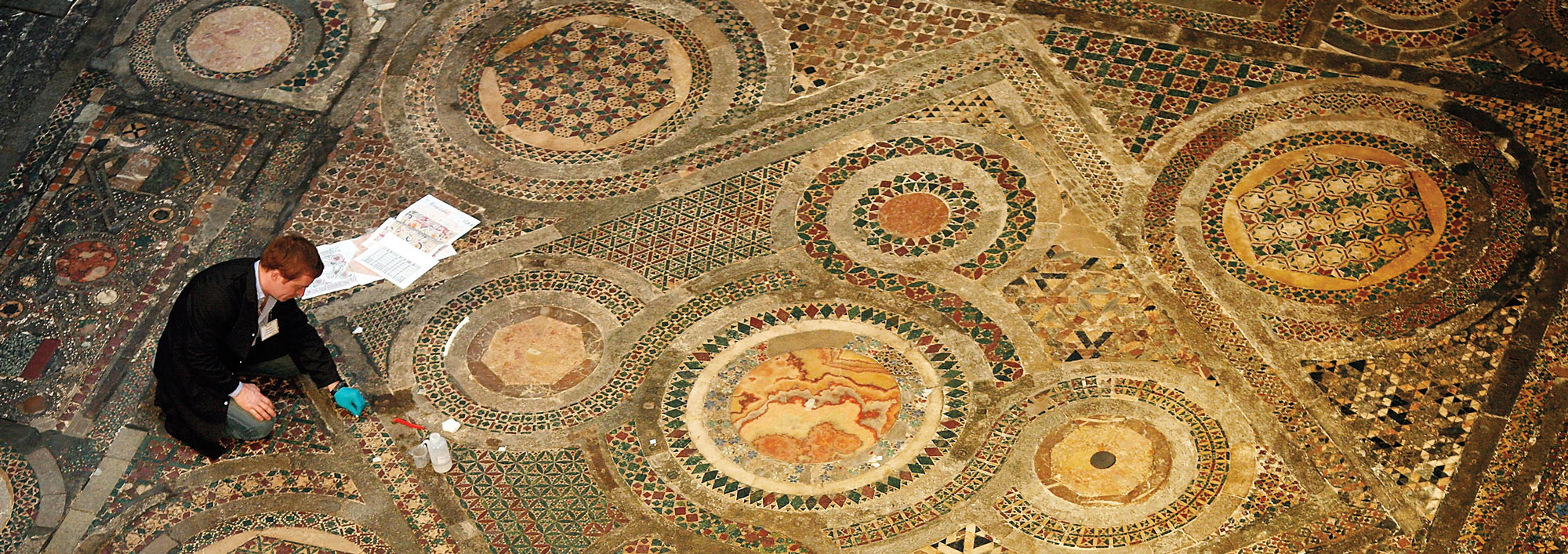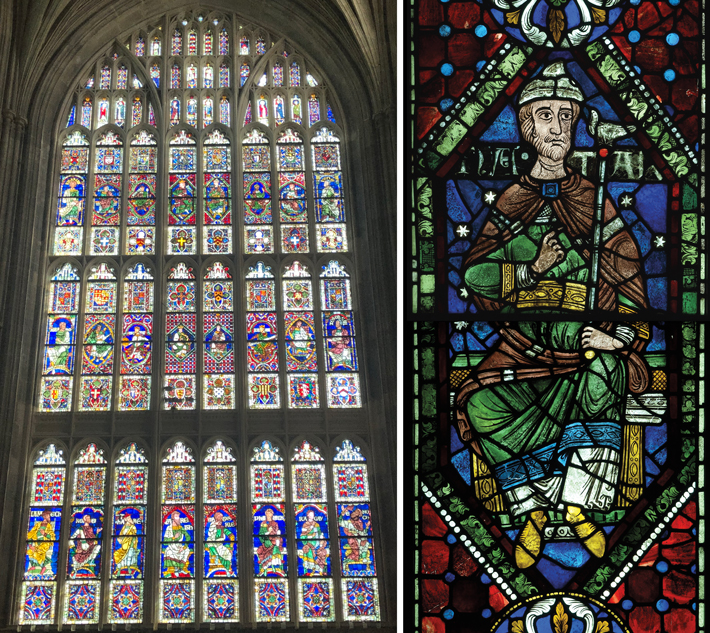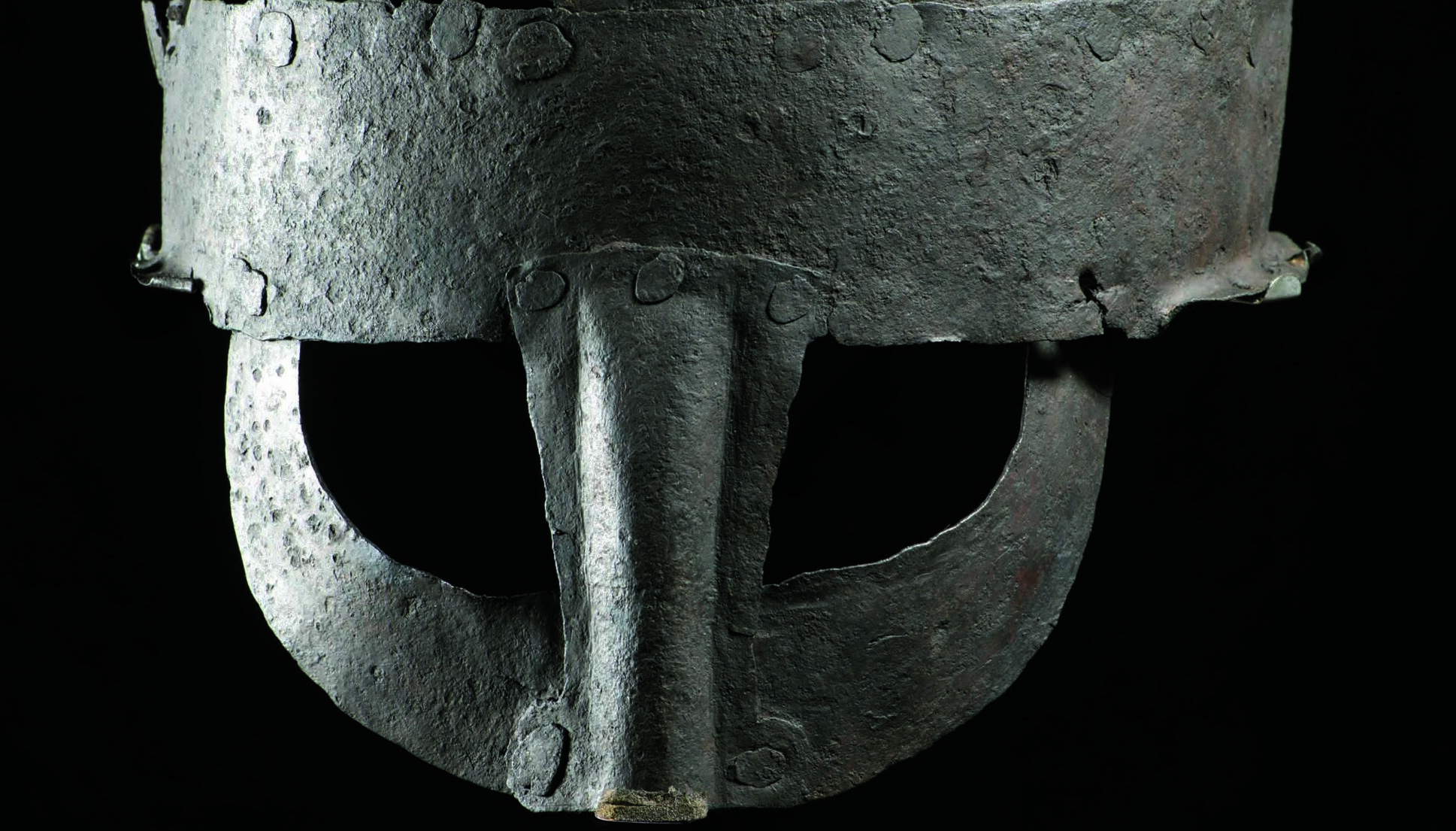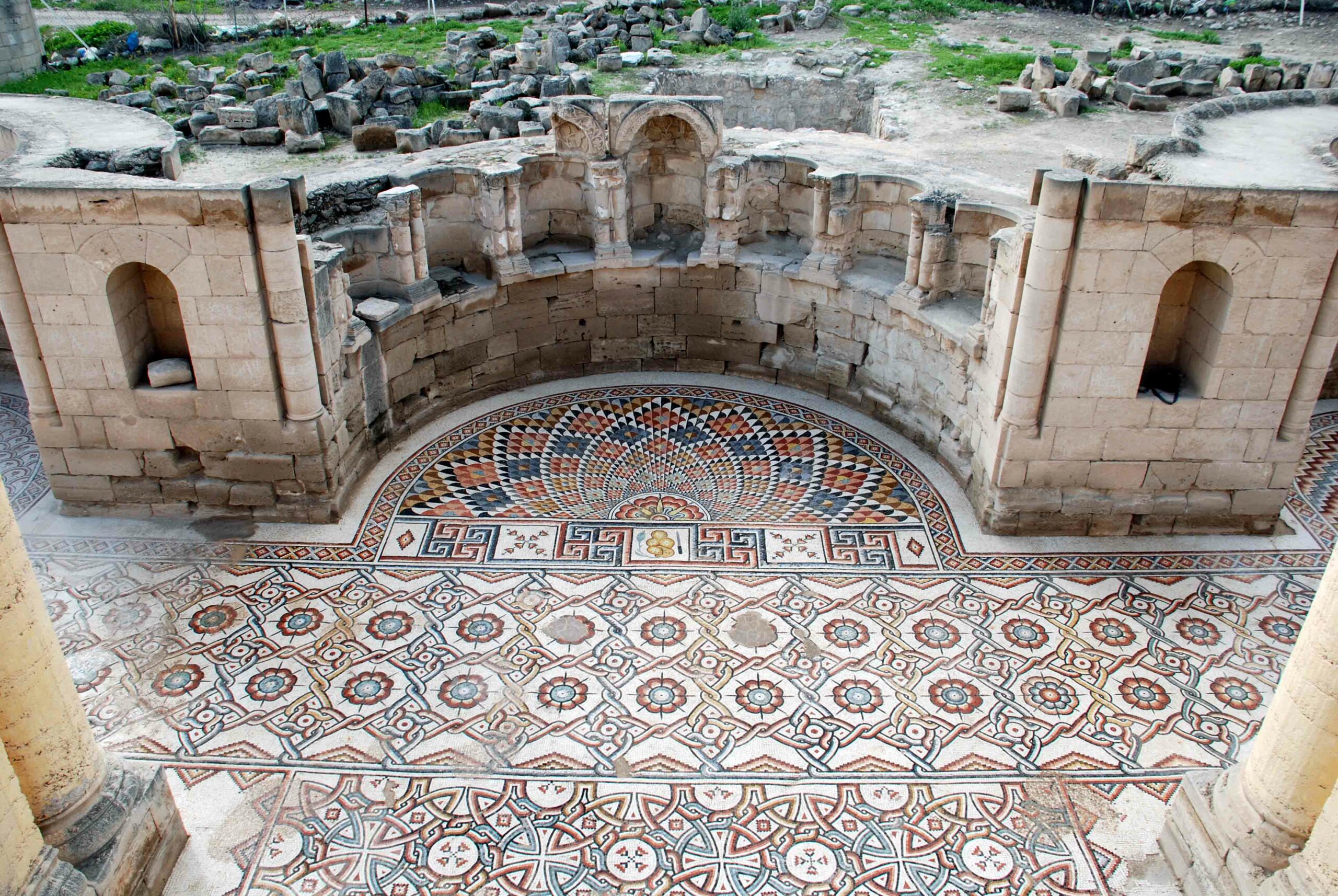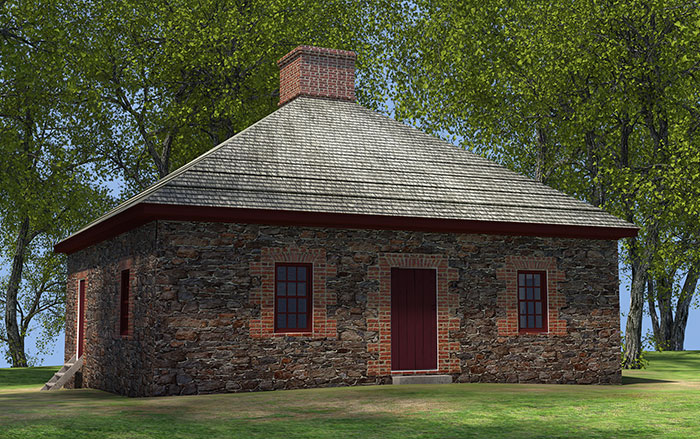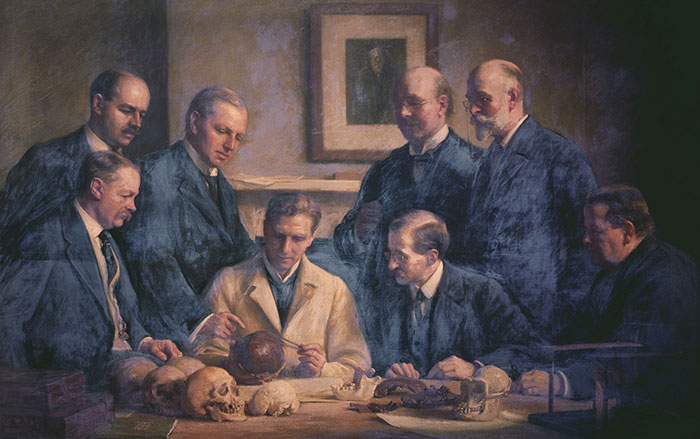
WINCHESTER, ENGLAND—The excavation of a medieval cemetery at St. Mary Magdalen leprosarium has revealed the bones of a possible Christian pilgrim, who was identified by the presence of a scallop shell in his grave, according to a report in the International Business Times. Scallop shells were a symbol of pilgrimage to Spain’s Santiago de Compostela, the endpoint of a route known as the Way of St. James that grew in popularity during the twelfth century. Simon Roffey of the University of Winchester noted that 86 percent of the more than 100 skeletons found at the hospital cemetery showed signs of leprosy on their bones. And, since there is also a form of leprosy that does not leave marks on the bones, it is possible that the rest of the people buried in the cemetery also suffered from the disease. “This contradicts previous evidence we have that leprosy was an ‘umbrella term’ for other conditions,” Roffey explained. It had been thought that leprosy spread through Europe with the Crusades, but archaeological evidence suggests that the Winchester hospital was founded before the Crusades began. Roffey and his team suggest that pilgrims may have contracted the disease in crowded churches and spread it to others through their travels. For more, go to “Diagnosis of Ancient Illness.”


